Vines were first planted at Nutbourne in 1979 as an early part of the new era of wine grape growing in this country. Since 1991 the single estate has been owned, managed and expanded by the Gladwin family. It is now considered one of the finest boutique wine producers in the South East, offering a range of still and sparkling wines which can compete anywhere in the world.
The Vineyard
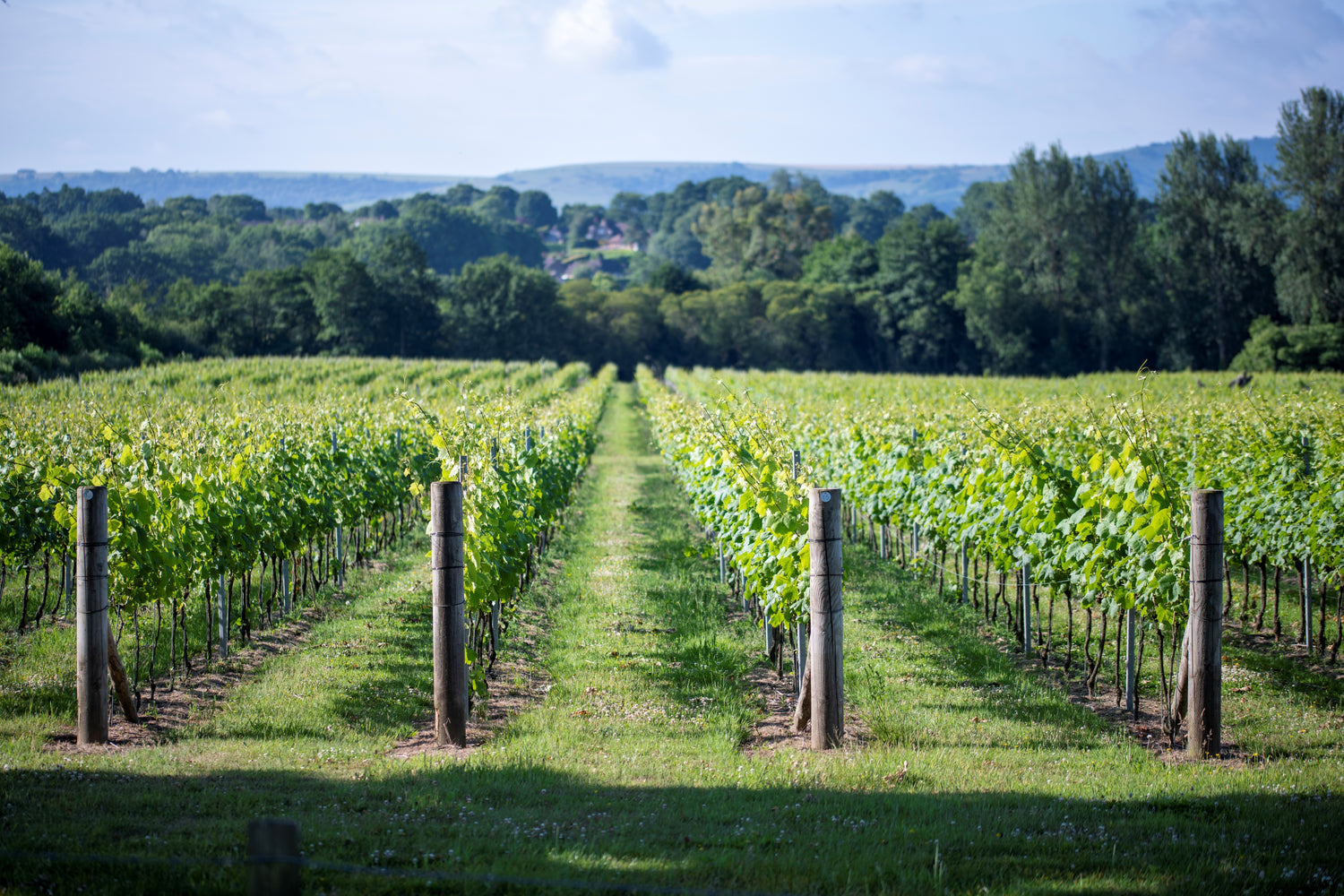
The “terroir” at Nutbourne is a unique and ideal wine growing environment – a warm microclimate protected by the South Downs, gentle south-facing slopes and the same fertile green sand soil as much of the Champagne region in France.
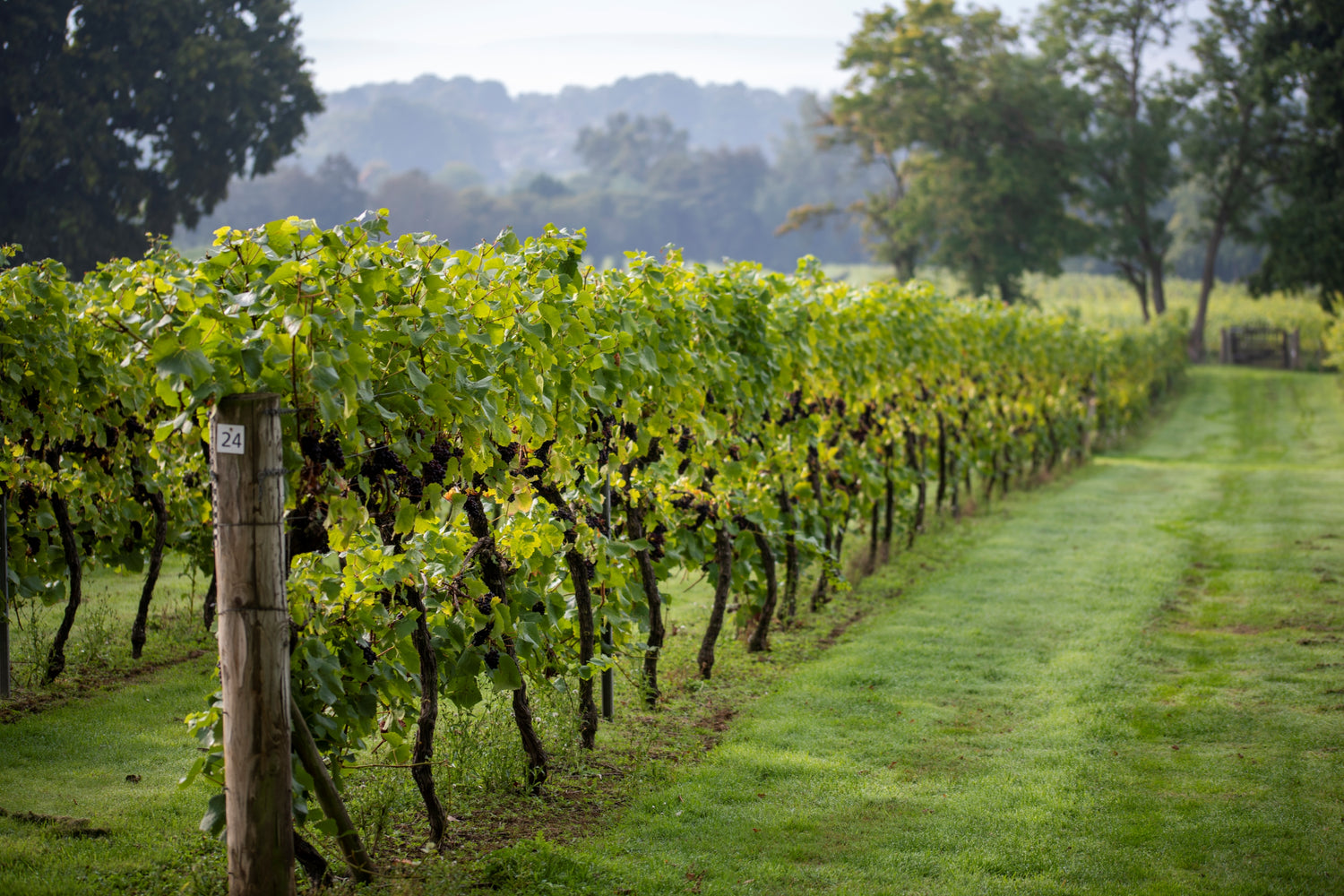
Across 24 acres, we use three different trellising systems – Guyot, Scott Henry and Geneva Double Curtain. The vines are tended throughout the year, pruned by hand over Winter and then carefully trained, trimmed and nurtured during the Summer months before harvest in September or early October.
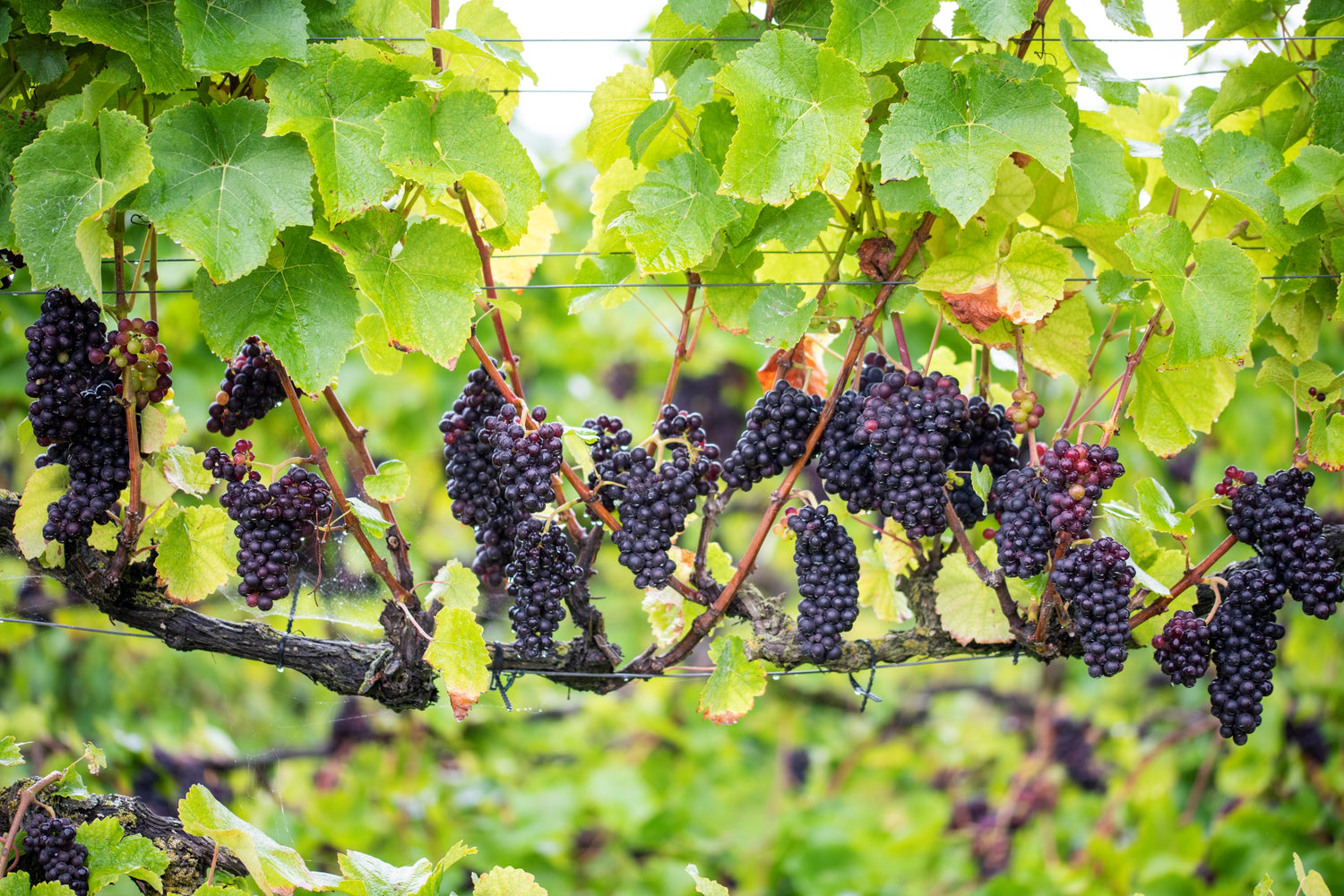
There are 8 different grape varieties: Pinot
Noir, Chardonnay, Pinot Meunier, Pinot Gris and Pinot Blanc for our sparkling
blends, rosé and red wines, plus the Riesling-style Bacchus, Huxelrebe and
Reichensteiner for our famous Sussex Reserve field blend and other whites.
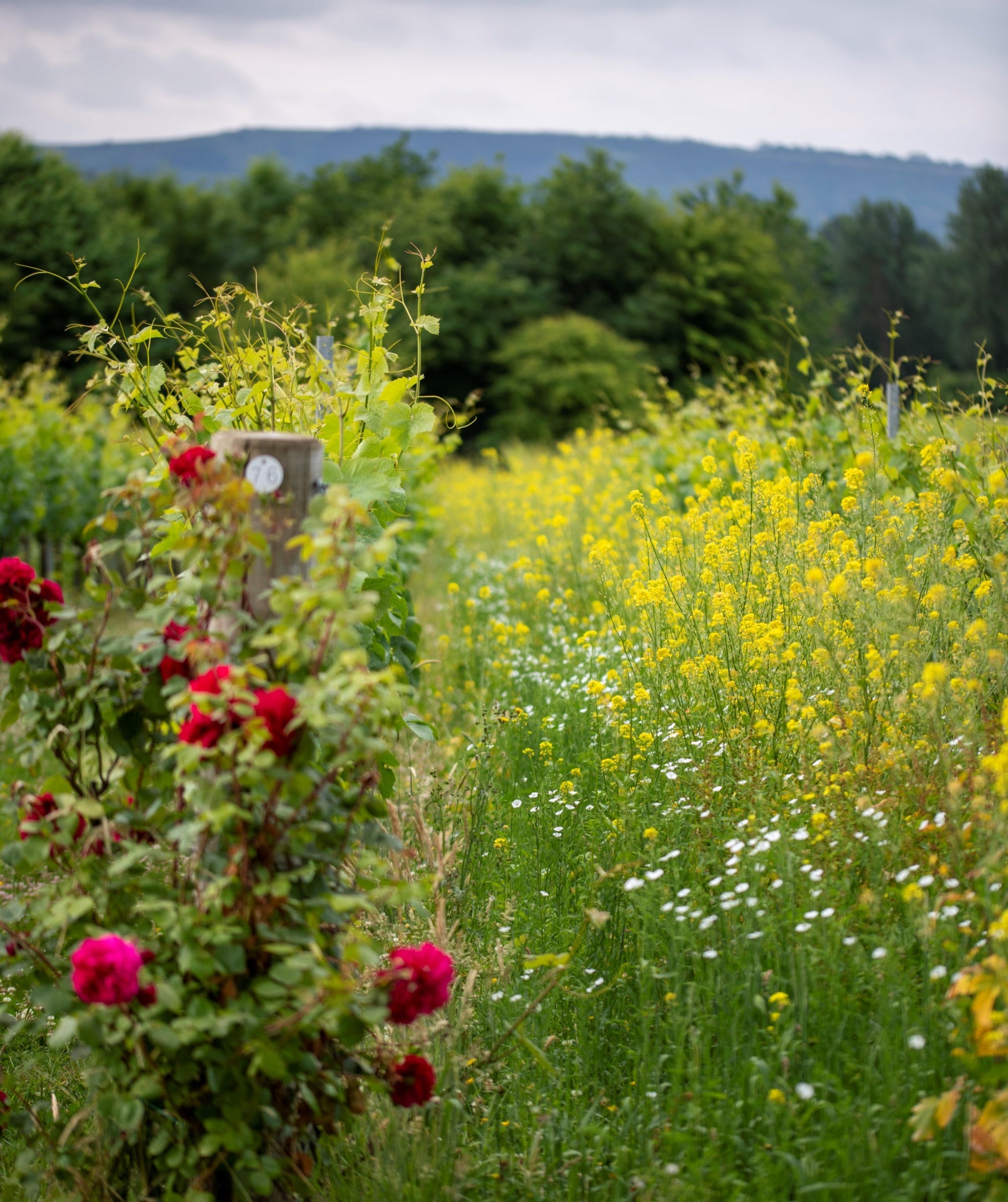
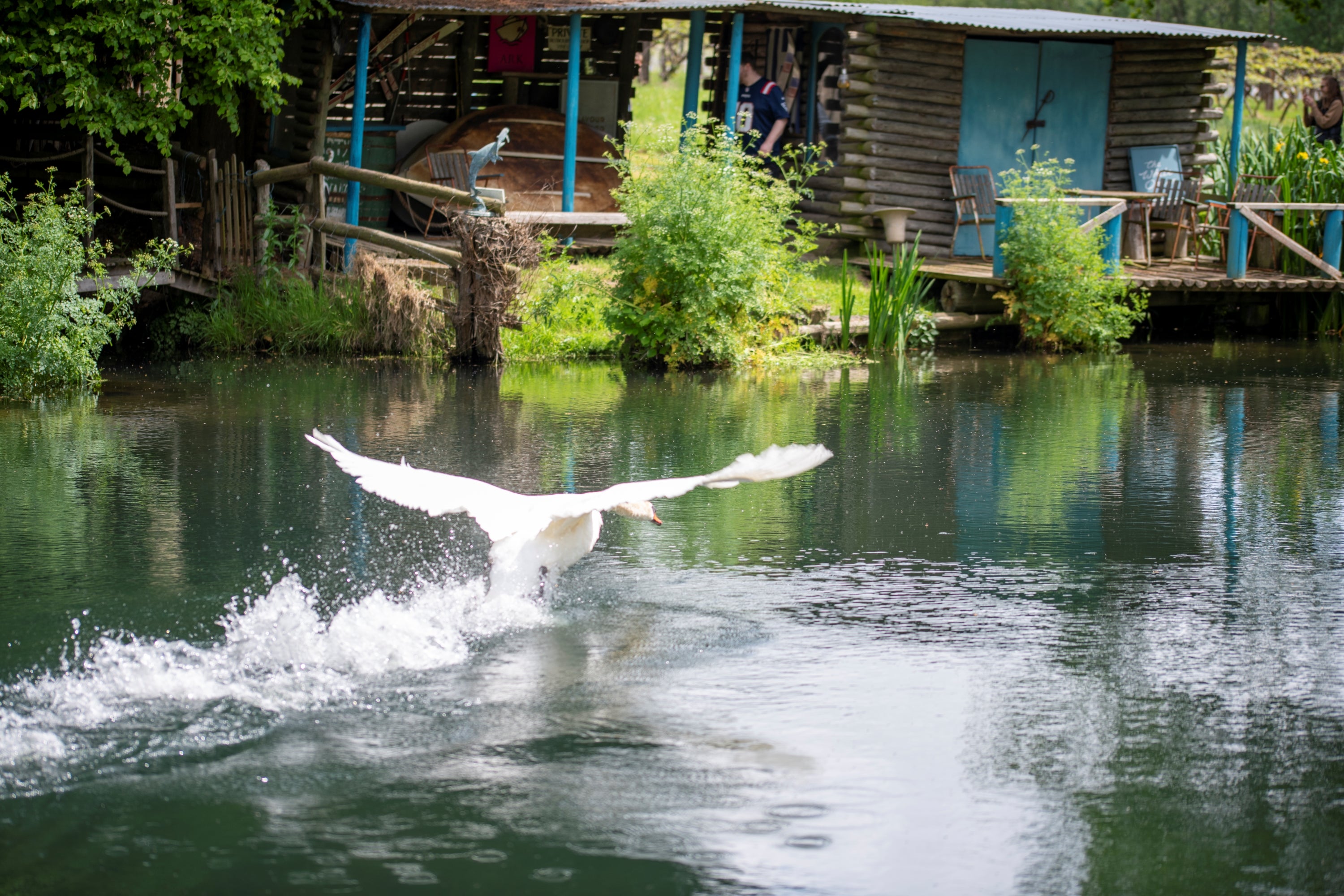
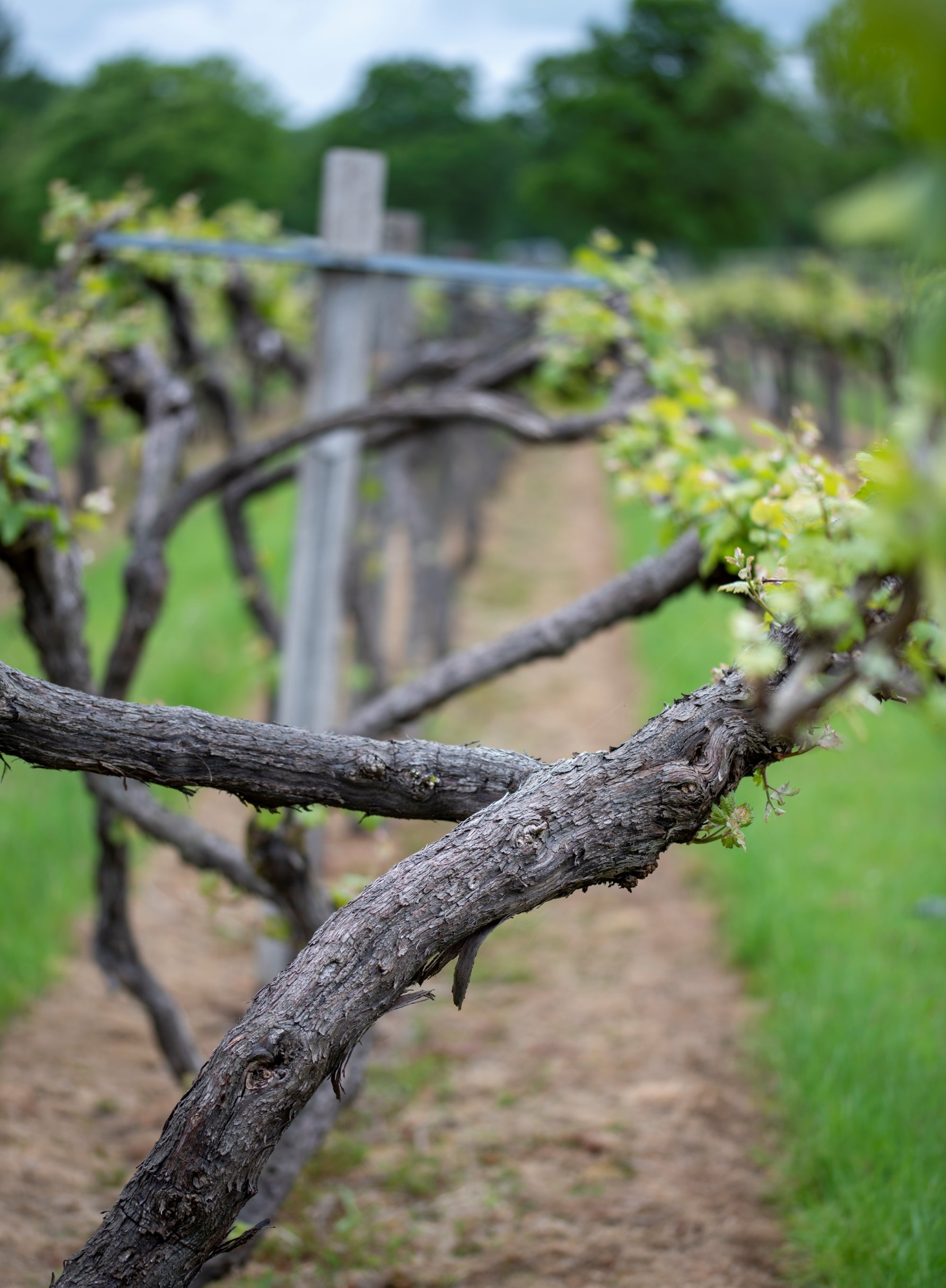
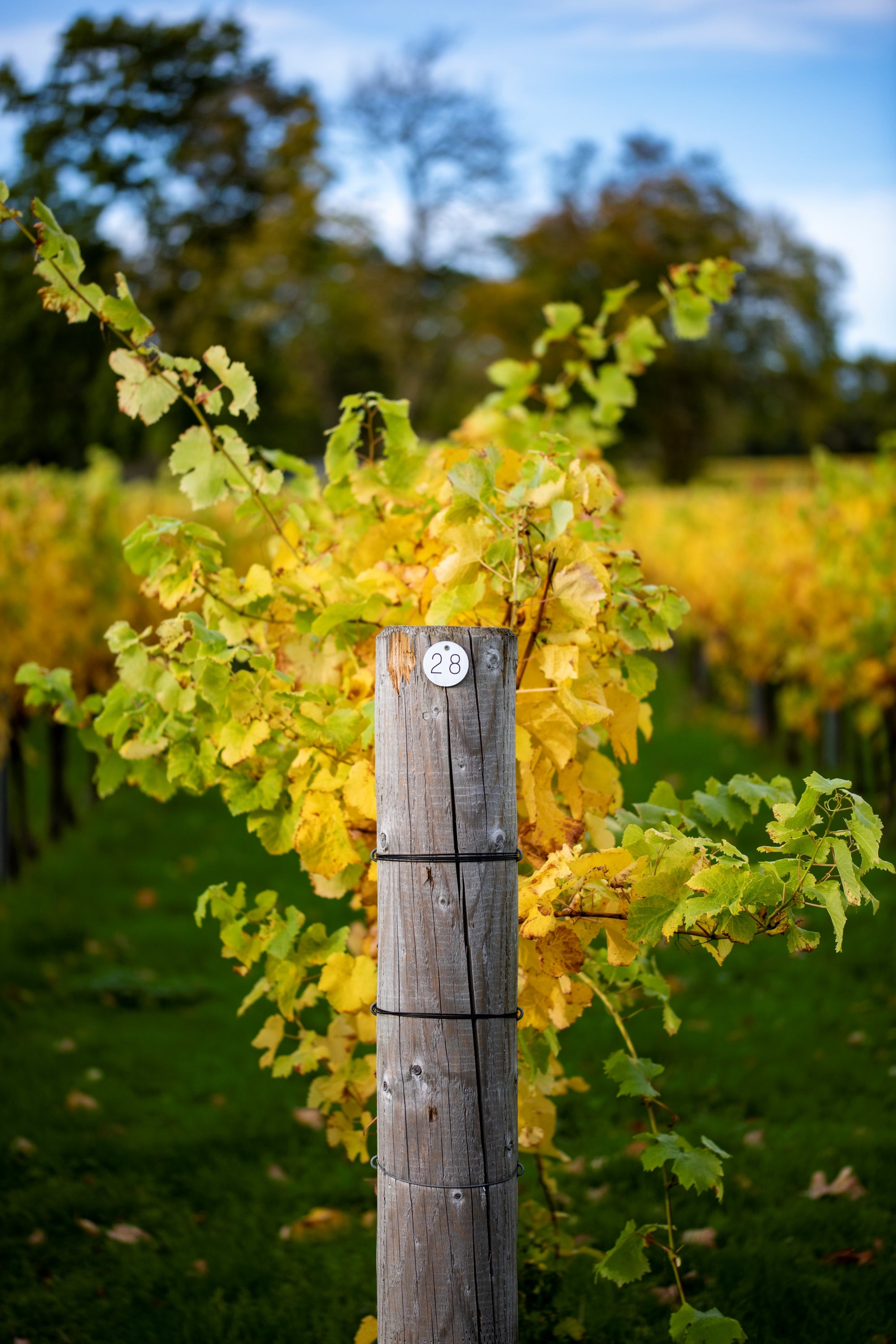
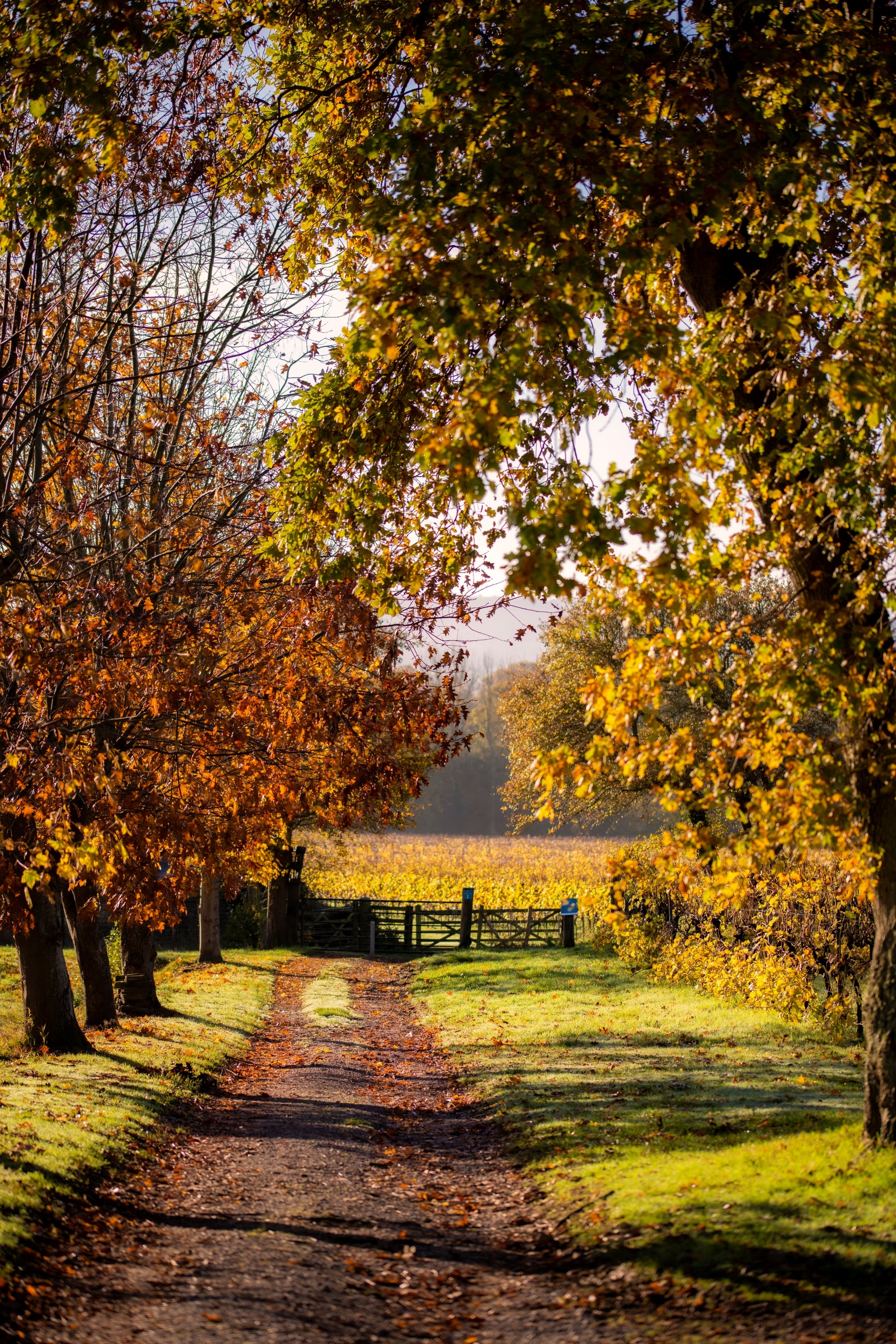
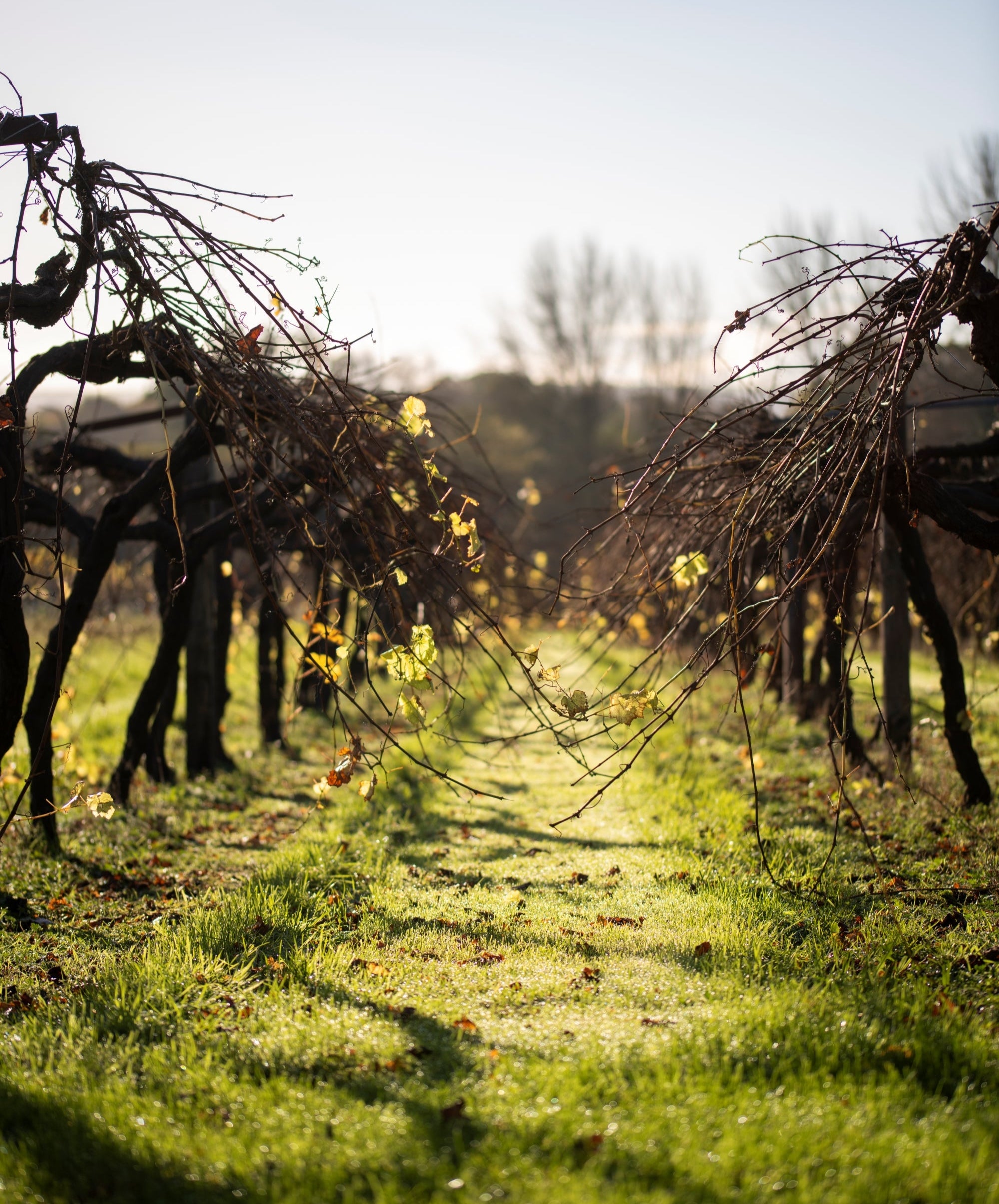
Sustainability in the Vineyard
Biodiversity
The insect, bird and small mammal count in our vineyard is increasing each year. We have set aside wildflower strips and wetlands that encourage lively feeding and nesting grounds for insects, birds and wild life.
Carbon Neutral
Although growing vines requires a lot of cultivation, we have offset this with wild flower meadows, natural lakes and wetlands left wild to encourage flora and fauna.
Grazing
In Winter, vine rows are shared by sheep and alpacas that browse and graze on the same ground.
Water
We harvest the rainwater from the roofs of our buildings for spraying and hoses. Irrigation is rarely required for vines in the UK but when needed, this is pumped from the natural watercourse on the estate.
Soil
We maintain and improve soil health by growing cover crops within the vines and then recycling all organic matter back into the ground. We minimise the use of chemical sprays with a carefully monitored intelligent spray programme to reduce negative environmental impact.
Our People and Local Community
Alongside the family we employ people from the local area and use local business services and products. Additional support at harvest time is all from the local community, who undertake the work for a fair wage combined with the pleasure of working within the vines.




